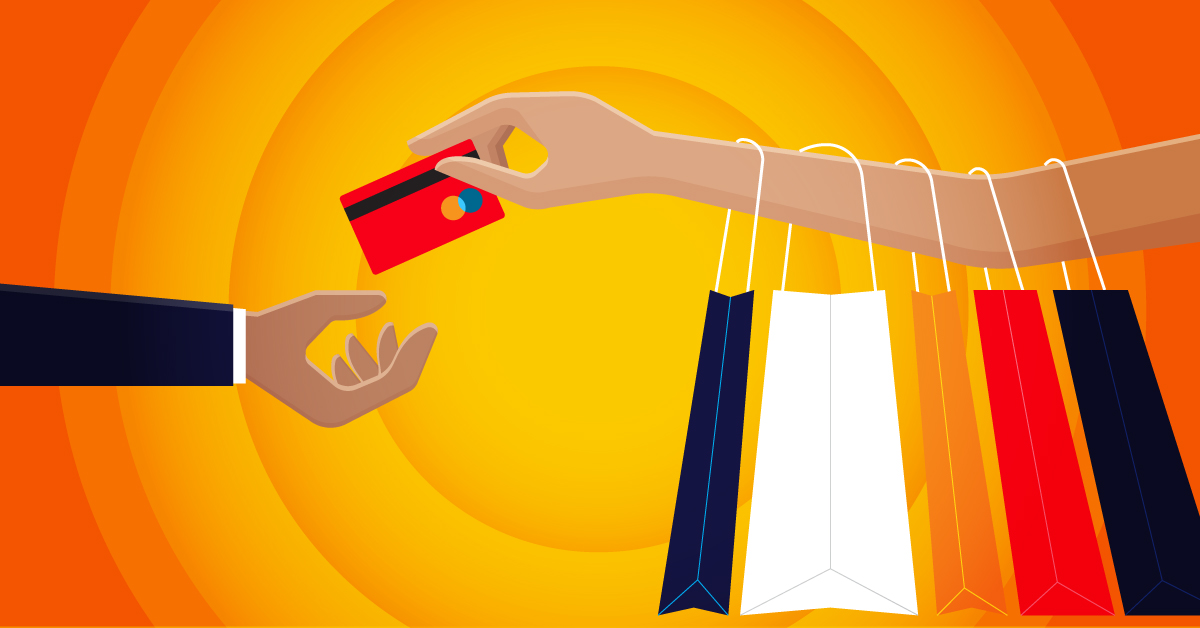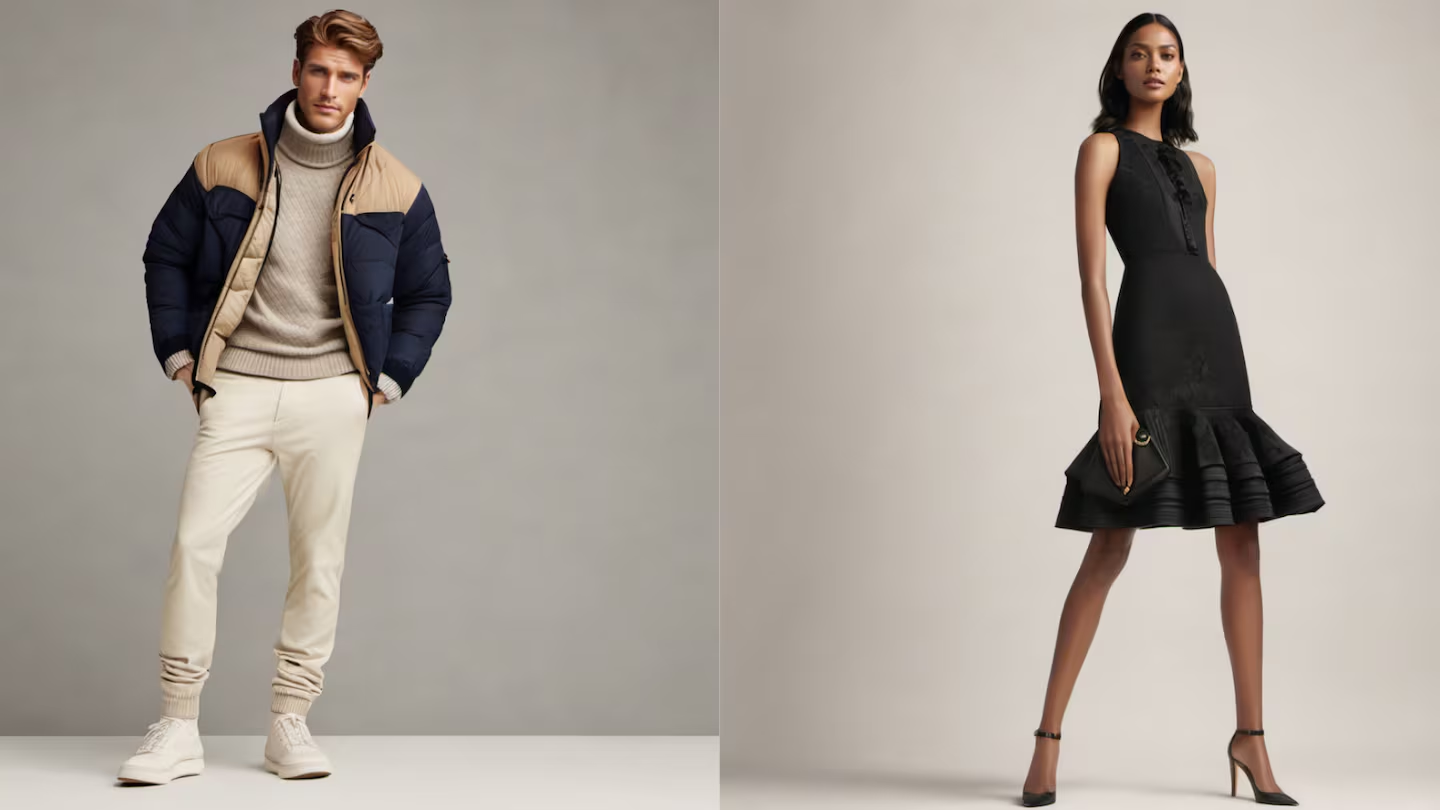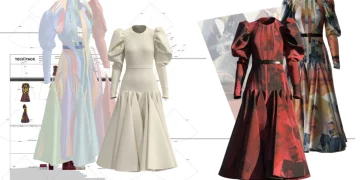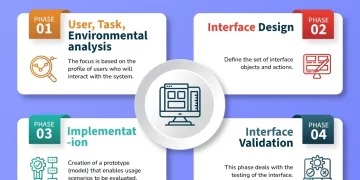In today’s dynamic market, consumer behavior is shifting faster than ever. With technology, economic factors, and global events influencing purchasing patterns, businesses must remain agile to stay relevant. Successful brands don’t just react to these changes—they anticipate and adapt, continually aligning their strategies with consumer needs and desires. But how exactly do they do it?
In this article, we will explore the key strategies that help brands thrive in a constantly changing consumer landscape. From leveraging data and technology to fostering authentic connections and sustainability efforts, brands must be proactive in evolving their business practices.
1. Understanding the Pulse of the Consumer: Data and Insights
The foundation of any successful brand’s adaptability lies in a deep understanding of consumer behavior. With tools like big data, AI, and predictive analytics, brands can gain real-time insights into evolving consumer needs.
Data-Driven Decisions:
Data isn’t just about collecting numbers—it’s about transforming them into actionable insights. Successful brands invest in robust data analysis to identify shifting patterns in preferences, purchasing behavior, and customer sentiment.
For instance, brands like Amazon and Netflix rely heavily on customer data to personalize experiences and recommend products or shows based on past behavior. This level of personalization has become a standard expectation from consumers, and brands who fail to adapt risk losing touch with their audience.
Customer Journey Mapping:
By mapping out the entire customer journey, from awareness to post-purchase, brands can identify pain points and opportunities for improvement. Mapping helps brands provide better customer service, streamline buying processes, and ultimately create a more engaging experience.
2. Embracing Digital Transformation
As technology continues to redefine the consumer experience, brands must embrace digital transformation. The shift toward e-commerce, mobile shopping, and social media is more than just a trend—it’s a revolution.
E-Commerce Evolution:

Brands are increasingly investing in online platforms and digital channels. While brick-and-mortar stores still hold value, the future of retail is firmly rooted in online spaces. Companies like Nike and Adidas have embraced direct-to-consumer (DTC) models, cutting out middlemen and reaching consumers directly through their websites and mobile apps.
Omnichannel Experience:
In an era of multitasking consumers, a seamless omnichannel experience is key. Consumers expect the same level of service whether they’re shopping online, in-store, or through social media platforms. Successful brands like Sephora and Apple integrate their online and offline experiences to make interactions fluid and convenient.
Leveraging Social Media:
Platforms like Instagram, TikTok, and Twitter have become essential marketing tools. They provide brands with an opportunity to connect with customers in real-time, responding to feedback, showcasing products, and even launching viral campaigns. Brands that can harness the power of social media not only increase brand awareness but also build communities that are loyal and engaged.
3. Fostering Authenticity and Emotional Connections
In an age where consumers are bombarded with advertisements and product choices, authenticity and emotional connection have become priceless assets. Consumers no longer just want a product—they want a brand they can connect with on a deeper level.
Purpose-Driven Brands:
Today’s consumers want to feel that their purchases align with their values. Brands like Patagonia and Ben & Jerry’s have built loyal customer bases by standing for causes like environmental sustainability and social justice. This sense of purpose resonates with consumers who increasingly prioritize ethics, values, and transparency in their purchasing decisions.
Humanizing the Brand:
Another effective way to create emotional bonds is by humanizing the brand. This could be through behind-the-scenes glimpses, showing the people who make the products, or using humor to foster relatability. Coca-Cola’s “Share a Coke” campaign is a prime example of how personalization can spark joy and create a sense of connection.
Storytelling:
Telling a compelling story about your brand, its mission, or its impact on the world can evoke strong emotional responses. Brands like Nike have mastered storytelling, often featuring athletes overcoming obstacles to deliver powerful, inspiring messages that resonate with consumers on a personal level.
4. Sustainability: A Non-Negotiable for the Modern Consumer
Sustainability has evolved from being a niche concern to a mainstream expectation. Today’s consumers—especially younger generations—demand that brands take responsibility for their environmental impact and adopt sustainable practices.
Eco-Friendly Products:
Brands that offer environmentally friendly products or services are winning over conscious consumers. Tesla, for example, has not only revolutionized the electric car industry but has also created a brand synonymous with sustainability. Meanwhile, fashion brands like Everlane and Reformation emphasize transparency in sourcing and production practices, helping customers make ethical choices.
Circular Economy:
The concept of a circular economy, where products are designed for reuse or recycling, is gaining traction. Brands like IKEA are exploring ways to repurpose products and reduce waste, while companies like Patagonia encourage customers to buy used or repair their items, instead of buying new.
5. Agility and Innovation: Always One Step Ahead
The most successful brands understand that consumer behavior isn’t static; it changes rapidly. Being able to adapt quickly to trends, crises, or new technologies is crucial for long-term success.
Innovation at the Core:
Leading brands continuously invest in innovation to stay ahead of the curve. Apple is a textbook example. The company doesn’t just improve existing products; it reinvents entire industries. The transition from the iPod to the iPhone, and later the iPhone to the iWatch, showcases Apple’s ability to understand future trends and lead the way in new technology.
Crisis Management:
Brands that adapt quickly during crises—whether economic downturns, pandemics, or other global events—can emerge even stronger. During the COVID-19 pandemic, many brands pivoted their models to stay afloat. LVMH, for example, shifted production from luxury goods to hand sanitizers, while Ford and General Motors converted their factories to produce ventilators. This flexibility not only helped them survive but also built customer trust and loyalty.
6. Customization and Personalization: Meeting the Need for Individuality
Today’s consumers want products and experiences that cater to their unique preferences. Mass-market products are losing their appeal, and consumers increasingly seek brands that offer personalization.
Product Customization:

From custom sneakers to tailored skincare, brands that allow customers to design their own products are gaining traction. Nike’s “Nike By You” program lets customers design their own shoes, and Coca-Cola’s personalized bottles have become iconic. These personalized experiences increase emotional investment in the product and strengthen brand loyalty.
Personalized Marketing:
The rise of AI and machine learning allows brands to create highly personalized marketing campaigns. By analyzing consumer behavior and preferences, brands can tailor their communications and offers to suit individual needs, leading to better customer engagement and higher conversion rates.
7. The Future of Consumer Behavior: What Lies Ahead?
Looking ahead, it’s clear that the key to future success will lie in brands’ ability to stay adaptive and innovative. As AI, VR, and new technologies like blockchain evolve, consumer behavior will continue to shift in unpredictable ways.
Virtual and Augmented Reality:
Brands are already experimenting with virtual and augmented reality (VR/AR) to offer more immersive shopping experiences. IKEA’s app, for instance, allows customers to visualize how furniture would look in their homes before making a purchase.
Increased Automation:
Automation will continue to change the way consumers interact with brands. Chatbots, voice assistants, and automated customer service options will become more sophisticated, improving the customer experience by providing quick responses and efficient service.
Increased Focus on Mental Health and Well-Being:
As consumers become more health-conscious, brands that prioritize mental health and overall well-being will be well-positioned for success. This shift toward wellness will extend beyond physical products to include services, digital experiences, and content that supports consumers’ mental and emotional health.
Conclusion
Adapting to changing consumer behavior is not an option—it’s a necessity for brands aiming to thrive in the modern marketplace. By focusing on data, digital transformation, emotional connections, sustainability, and innovation, businesses can stay ahead of the curve. Ultimately, successful brands listen to their customers, understand the shifts in their needs, and respond with agility, authenticity, and forward-thinking solutions.
The brands that thrive in this fast-changing landscape are those that innovate, evolve, and continually create value for their customers. By maintaining a deep understanding of consumer behavior and adapting to it proactively, businesses ensure their relevance and success in a rapidly evolving world.

















































